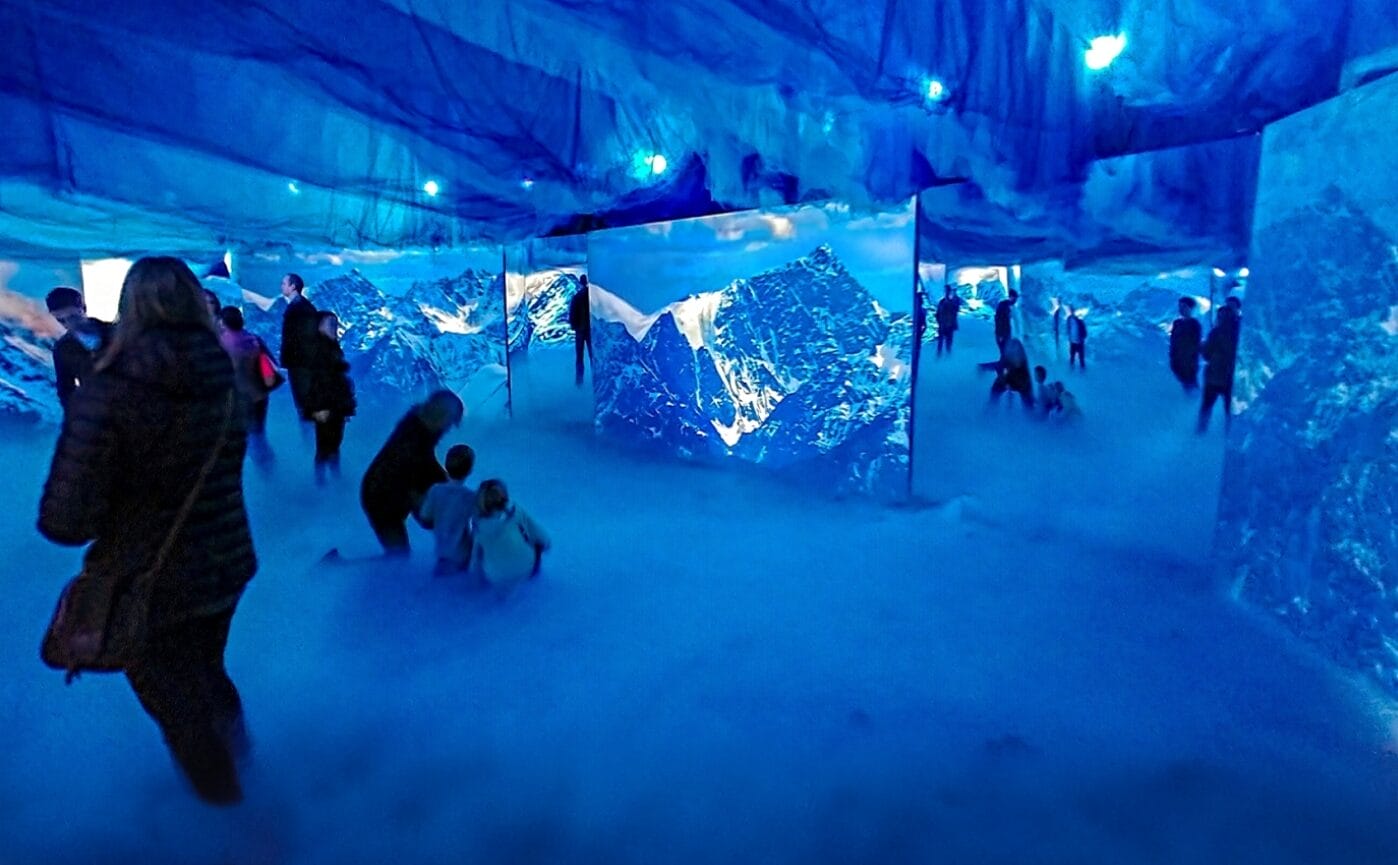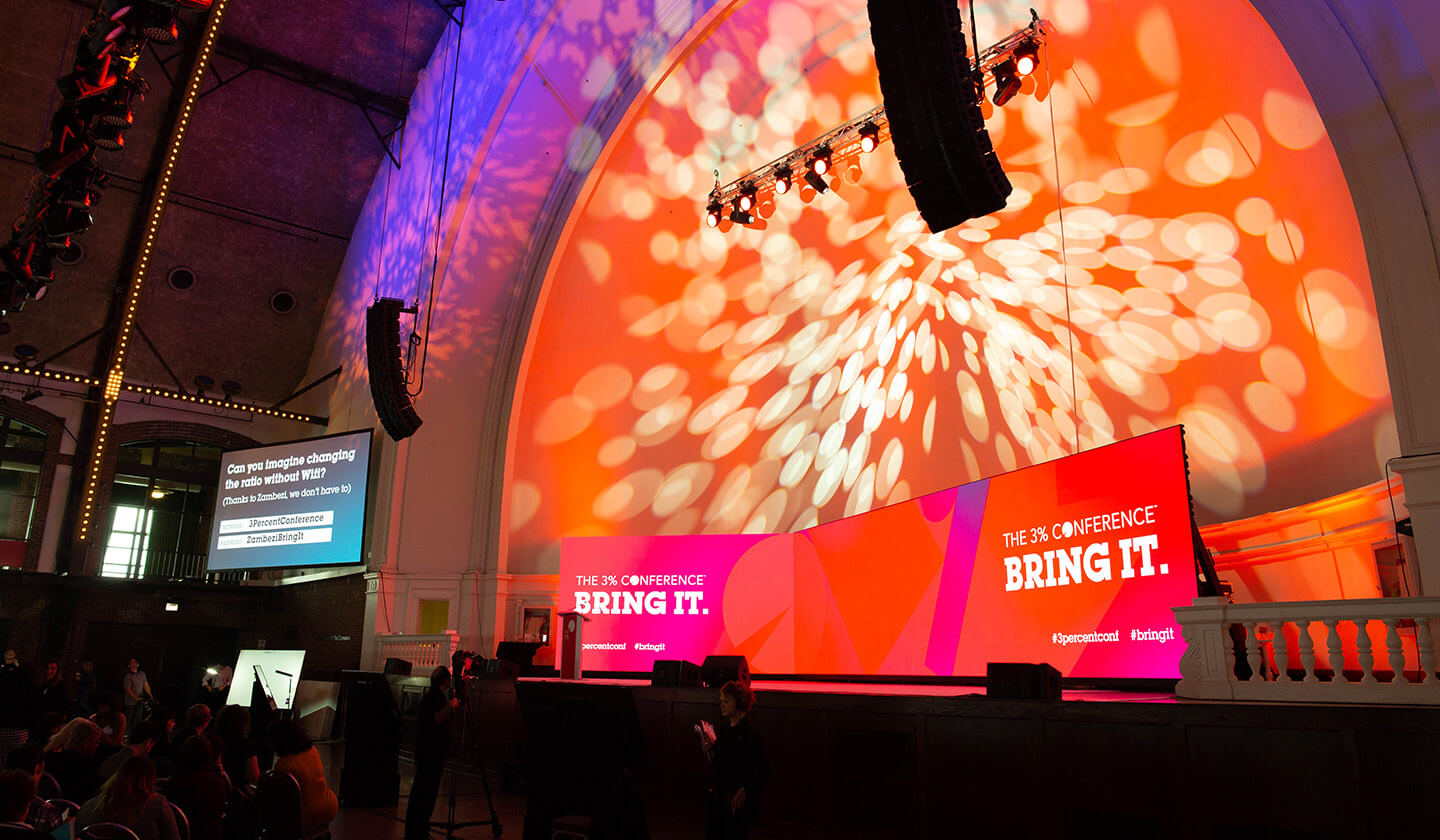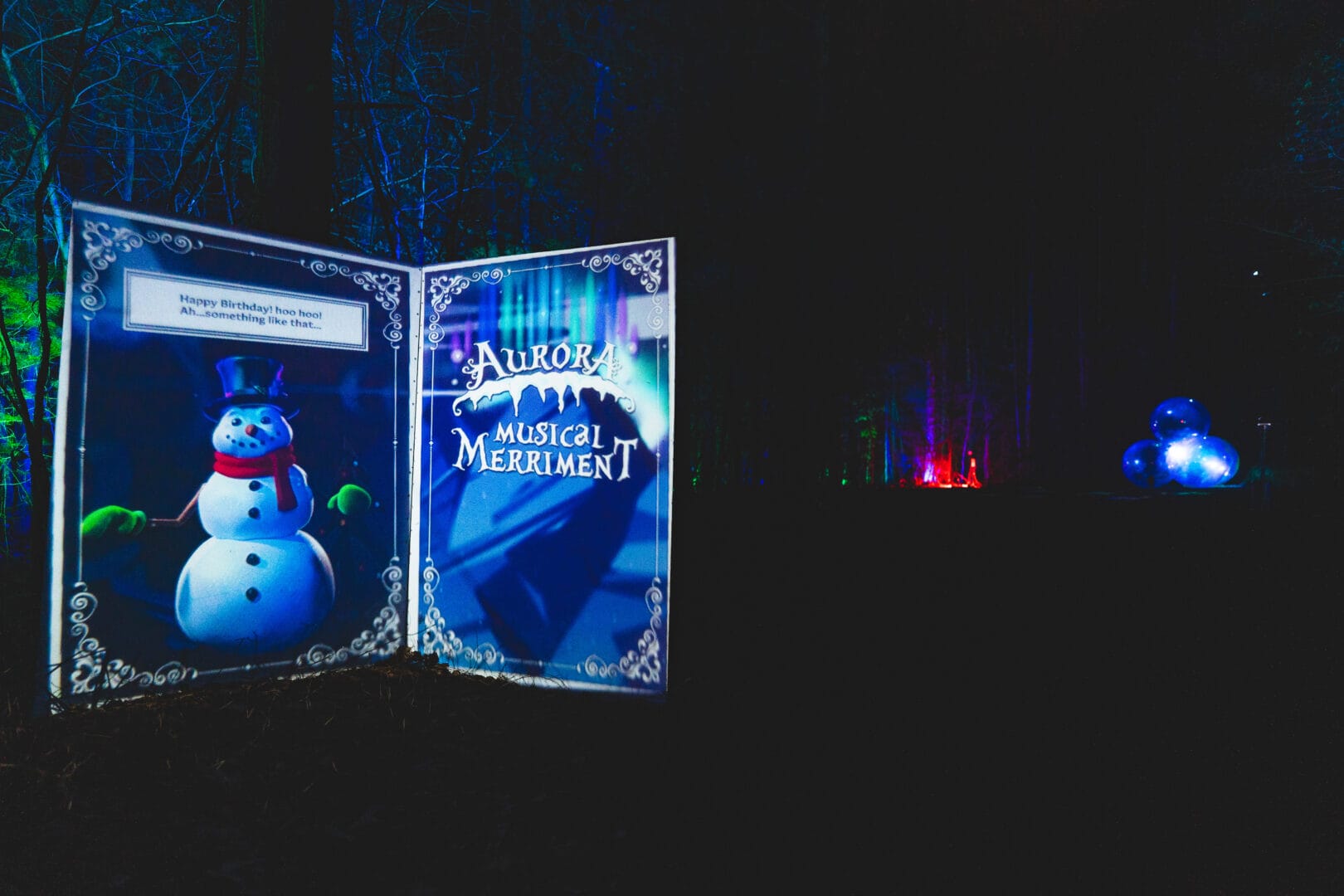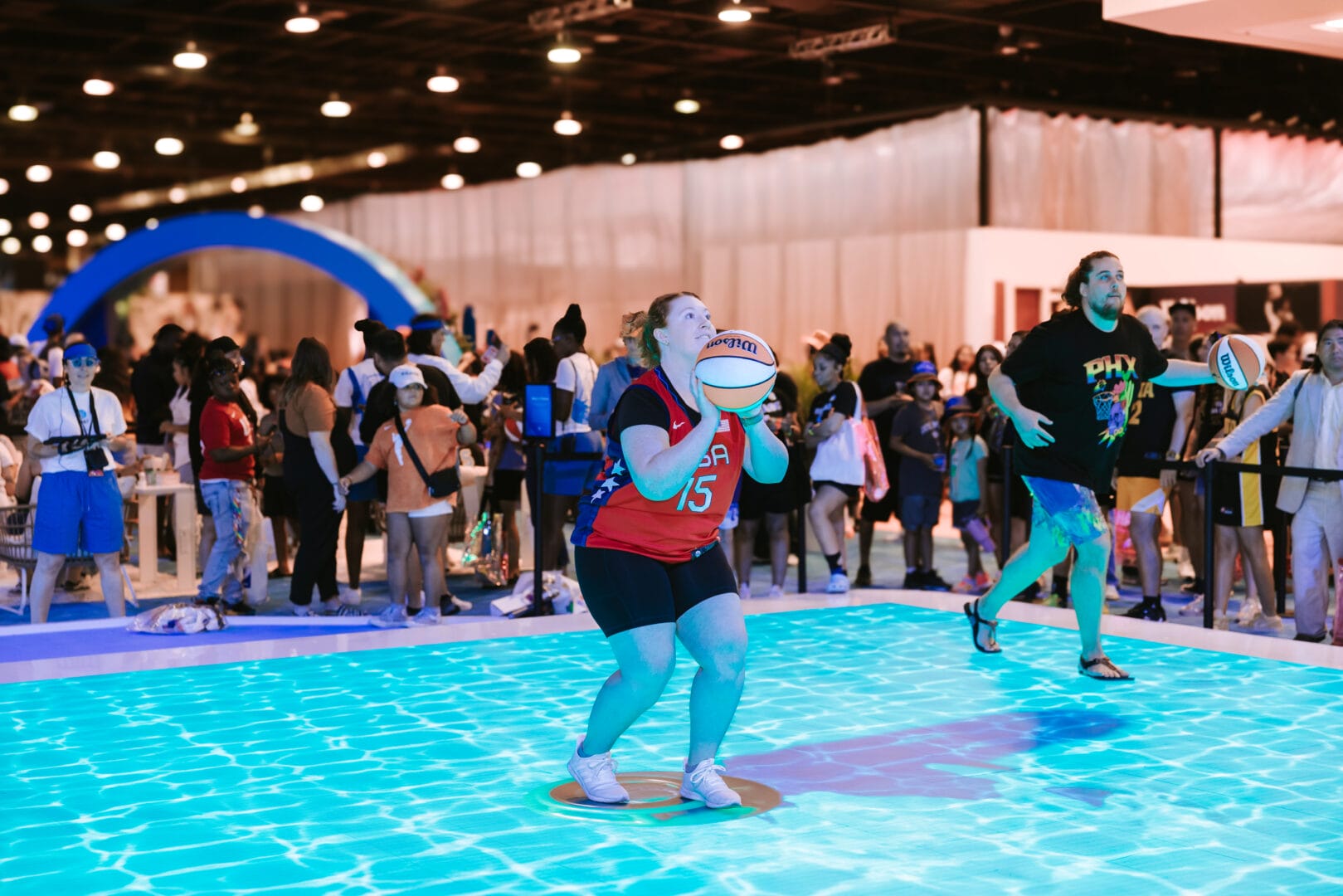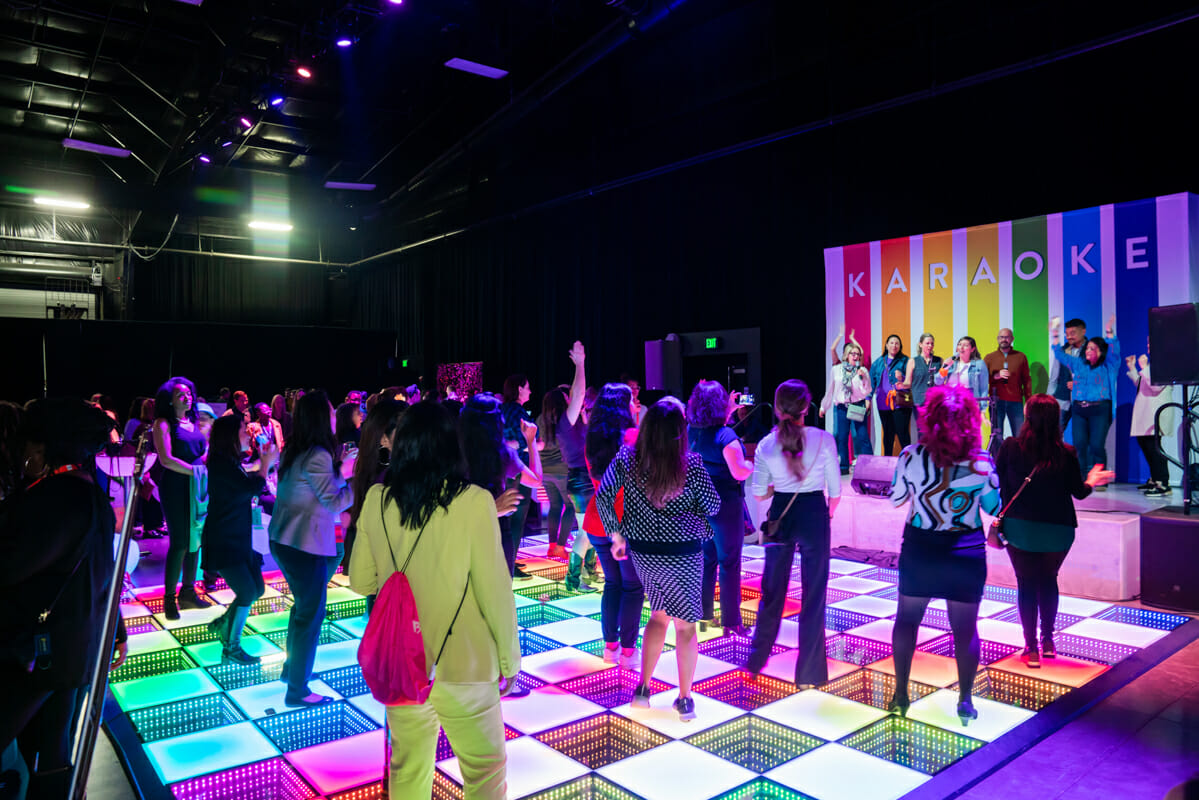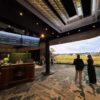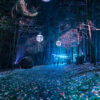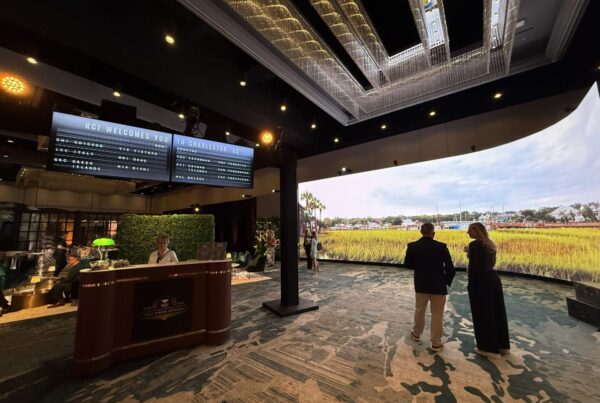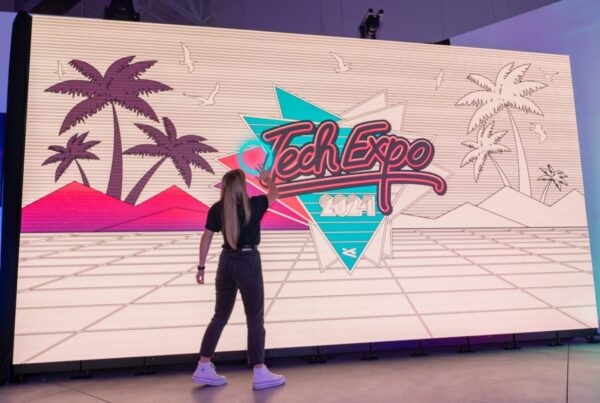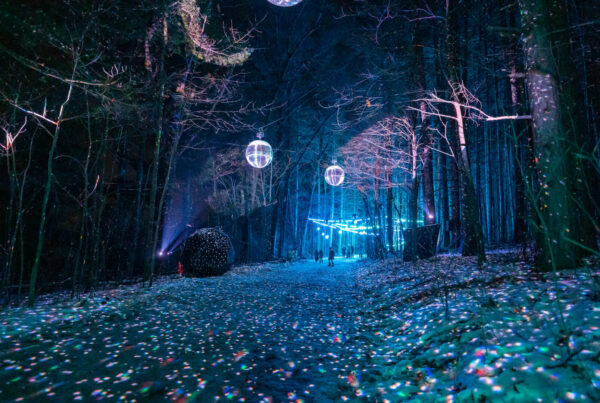Crafting memorable experiences that resonate deeply with people requires more than just filling a space; it involves creating moments that engage and captivate. Whether setting the stage at a bustling trade show, orchestrating a dynamic corporate meeting, designing an immersive retail environment, or planning a unique event, each scenario demands a thoughtful blend of technology, storytelling, and design. Let’s explore the key elements that transform any experiential space into an adventure that attendees won’t soon forget.
Creating an Immersive Atmosphere
Creating an immersive experience begins with the understanding that every touchpoint of the event should contribute to the whole. This involves a strategic blend of technology, design, and content that together, create a compelling space for attendees to enter.
Multi-Sensory Engagement
The foundation of immersion is engaging multiple senses. Vision and sound are the most common starting points, but the addition of other elements, scents, and even taste can elevate the experience significantly. Imagine walking into a conference that not only shows you a rainforest but allows you to feel the humidity, smell the earth, and hear the distant call of birds. Such a multi-sensory approach ensures a more memorable and engaging experience for all attendees.
Design with Purpose
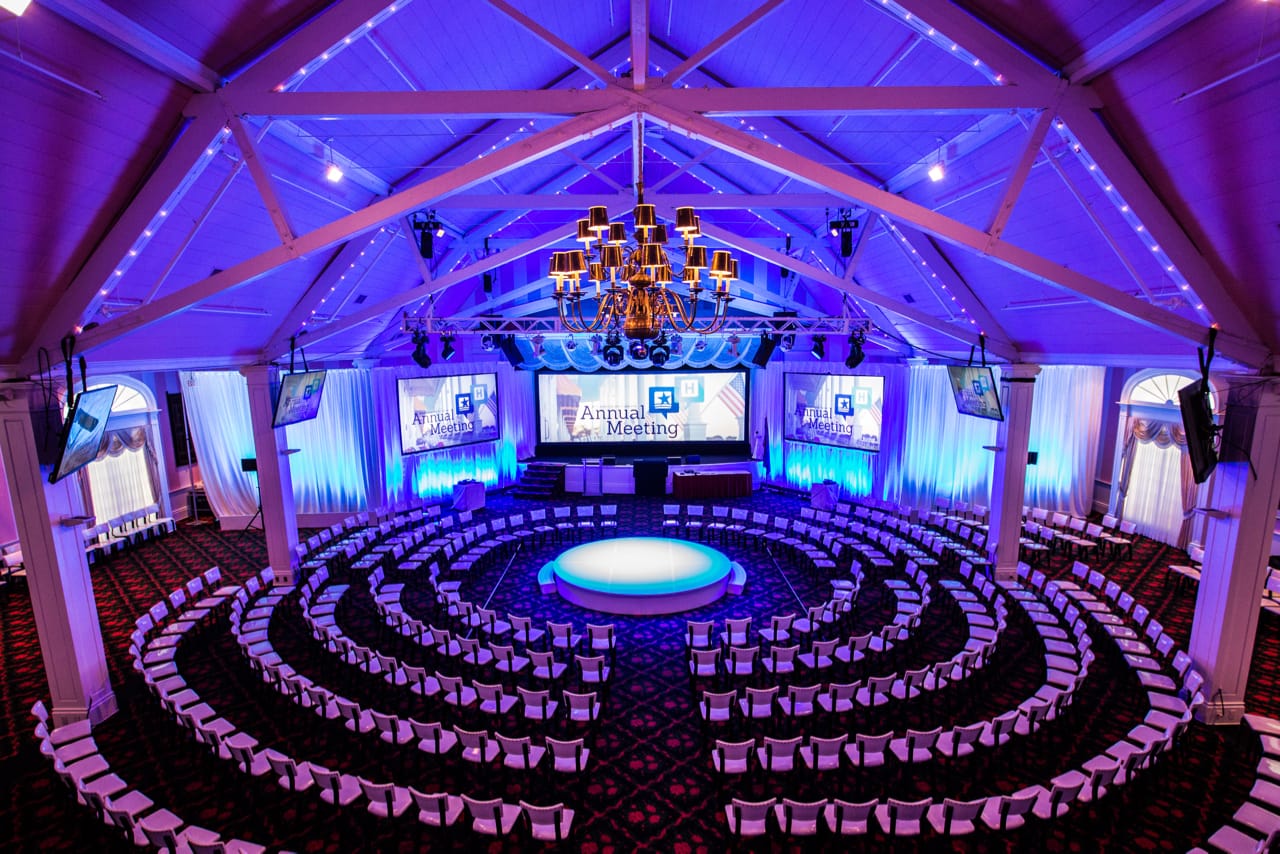 How you arrange the space matters just as much as what’s in it. Good spatial design isn’t just beautiful—it’s smart. It nudges people where they need to go and unveils the experience bit by bit. It’s about making the space work for the story you’re telling, making every corner count.
How you arrange the space matters just as much as what’s in it. Good spatial design isn’t just beautiful—it’s smart. It nudges people where they need to go and unveils the experience bit by bit. It’s about making the space work for the story you’re telling, making every corner count.
Mood Lighting and Soundtracks
Never underestimate the power of lighting and sound. They’re the secret sauce that sets the mood and changes the vibe. Whether it’s spotlighting a key moment or syncing up to a beat, these elements are essential for making people feel immersed.
Tell a Story That Sticks
What’s an experience without a story? It’s the glue that holds your immersive event together. Whether it’s spelled out through a speaker or woven into the interactions and design, a good story gives people a reason to care and connect.
As Scott Schoeneberger of Bluewater explains:
“A truly immersive experience goes beyond visuals or interactivity. It engages multiple senses, creates a feeling of presence, and tells a compelling story—it surrounds people. The best immersive experiences are also layered; they use a mix of spatial design, lighting, sound, and interaction to transport audiences into another world, even if just for a moment, and gives them different tracks to explore.”
Make It Interactive
Letting people play a part in the experience makes it all the more engaging. When attendees can interact with the environment or see that their choices have an impact, they’re no longer just spectators—they’re part of the action. Personal touches where the event reacts differently to each guest can really amp up the wow factor.
Creating an event that truly immerses guests is all about crafting a space where every detail works together to transport them somewhere new. It’s about turning an ordinary event into a journey that they’ll remember. By focusing on these key elements, you’ll not only capture your audience’s attention but keep them engaged and coming back for more. This approach doesn’t just make your event successful; it makes it unforgettable.




